-
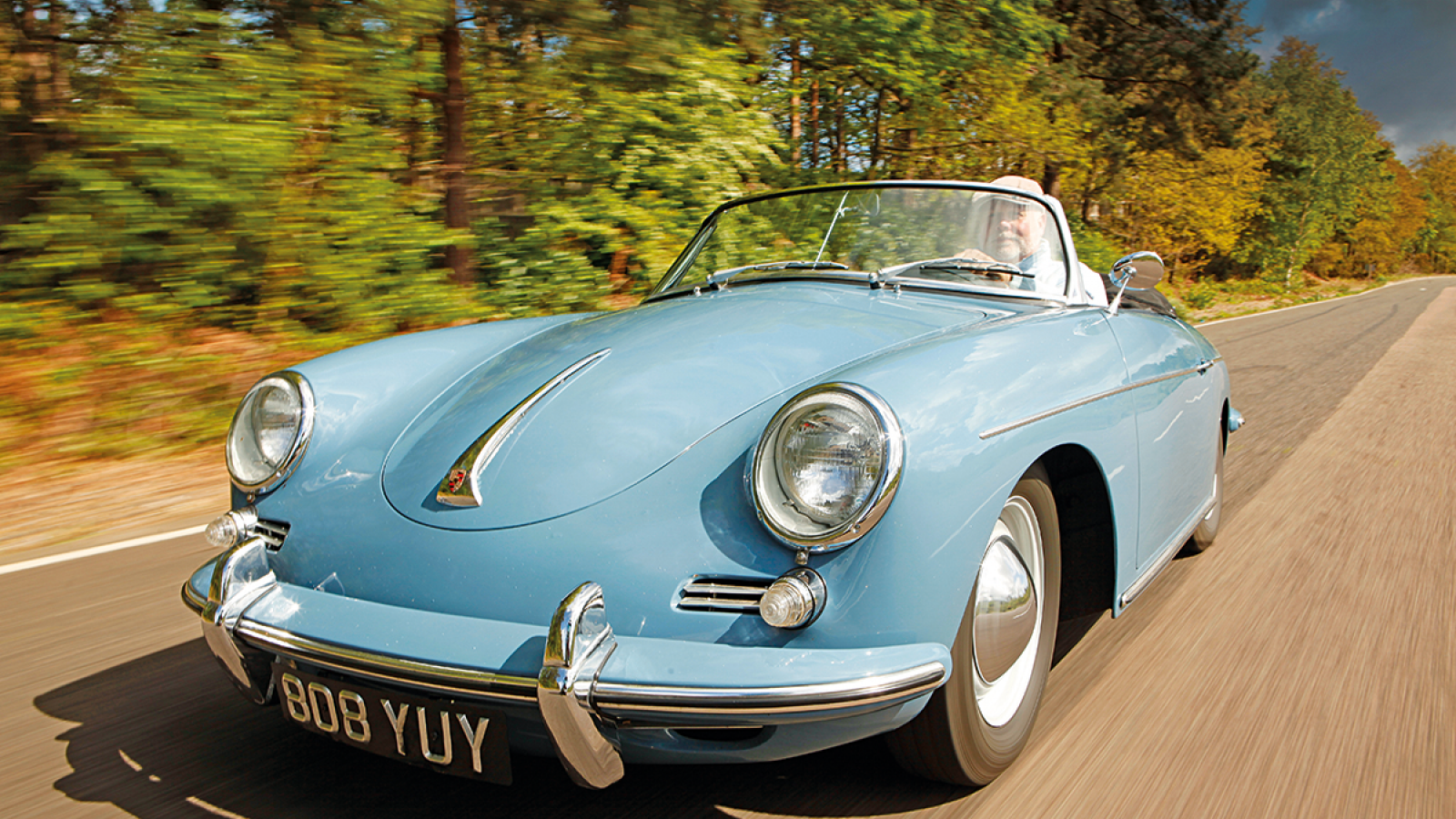 © Tony Baker/Haymarket Automotive
© Tony Baker/Haymarket Automotive -
 © RM Sotheby’s
© RM Sotheby’s -
 © RM Sotheby’s
© RM Sotheby’s -
 © RM Sotheby’s
© RM Sotheby’s -
 © RM Sotheby’s
© RM Sotheby’s -
 © RM Sotheby’s
© RM Sotheby’s -
 © RM Sotheby’s
© RM Sotheby’s -
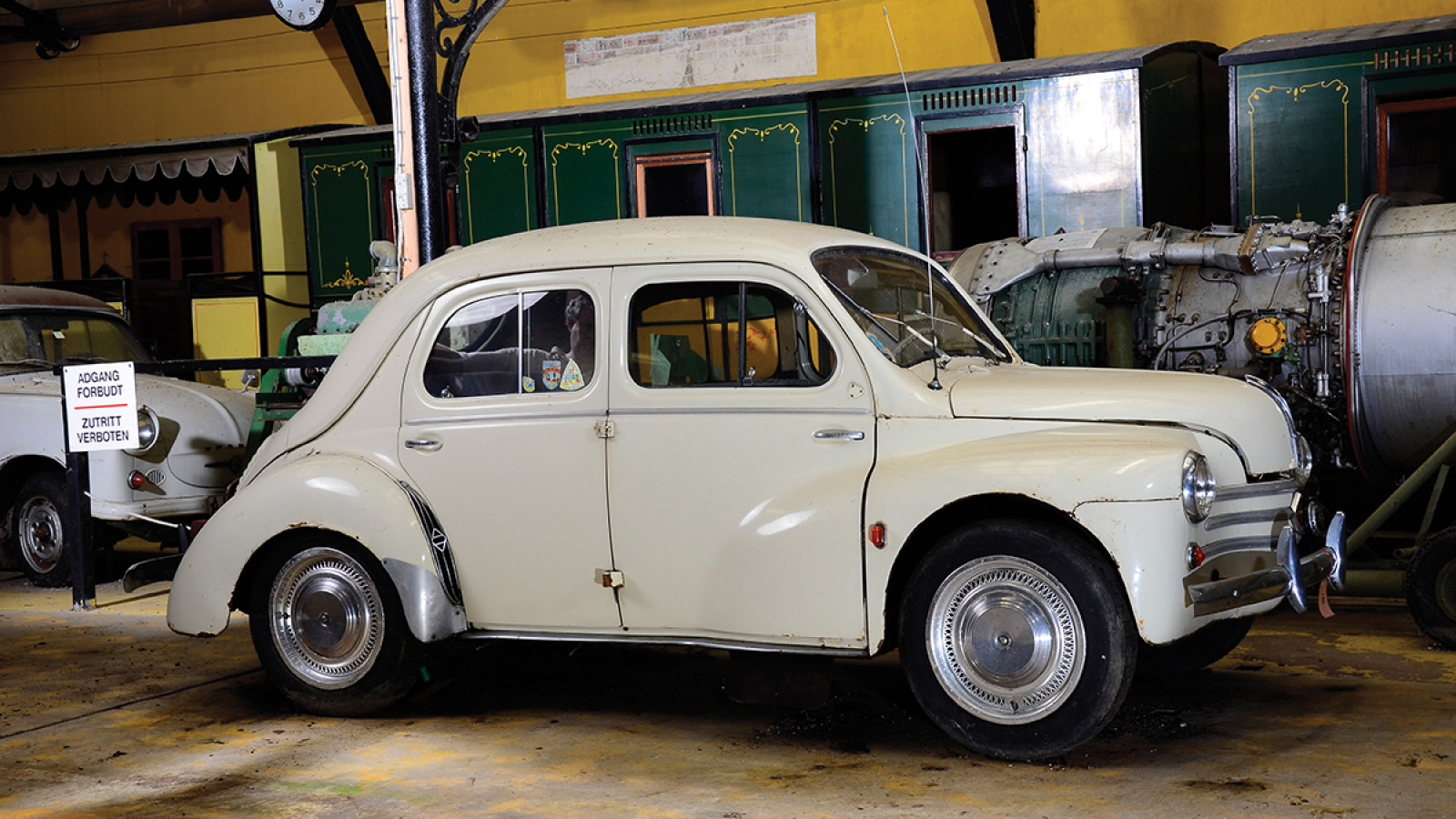 © RM Sotheby’s
© RM Sotheby’s -
 © RM Sotheby’s
© RM Sotheby’s -
 © RM Sotheby’s
© RM Sotheby’s -
 © RM Sotheby’s
© RM Sotheby’s -
 © Patrick Ernzen/RM Sotheby’s
© Patrick Ernzen/RM Sotheby’s -
 © Patrick Ernzen/RM Sotheby’s
© Patrick Ernzen/RM Sotheby’s -
 © Patrick Ernzen/RM Sotheby’s
© Patrick Ernzen/RM Sotheby’s -
 © Patrick Ernzen/RM Sotheby’s
© Patrick Ernzen/RM Sotheby’s -
 © Patrick Ernzen/RM Sotheby’s
© Patrick Ernzen/RM Sotheby’s -
 © Haymarket Automotive
© Haymarket Automotive -
 © Haymarket Automotive
© Haymarket Automotive -
 © Haymarket Automotive
© Haymarket Automotive -
 © Haymarket Automotive
© Haymarket Automotive -
 © Haymarket Automotive
© Haymarket Automotive -
 © Haymarket Automotive
© Haymarket Automotive -
 © Olgun Kordal/Haymarket Automotive
© Olgun Kordal/Haymarket Automotive -
 © Olgun Kordal/Haymarket Automotive
© Olgun Kordal/Haymarket Automotive -
 © Olgun Kordal/Haymarket Automotive
© Olgun Kordal/Haymarket Automotive -
 © Olgun Kordal/Haymarket Automotive
© Olgun Kordal/Haymarket Automotive -
 © Olgun Kordal/Haymarket Automotive
© Olgun Kordal/Haymarket Automotive -
 © Olgun Kordal/Haymarket Automotive
© Olgun Kordal/Haymarket Automotive -
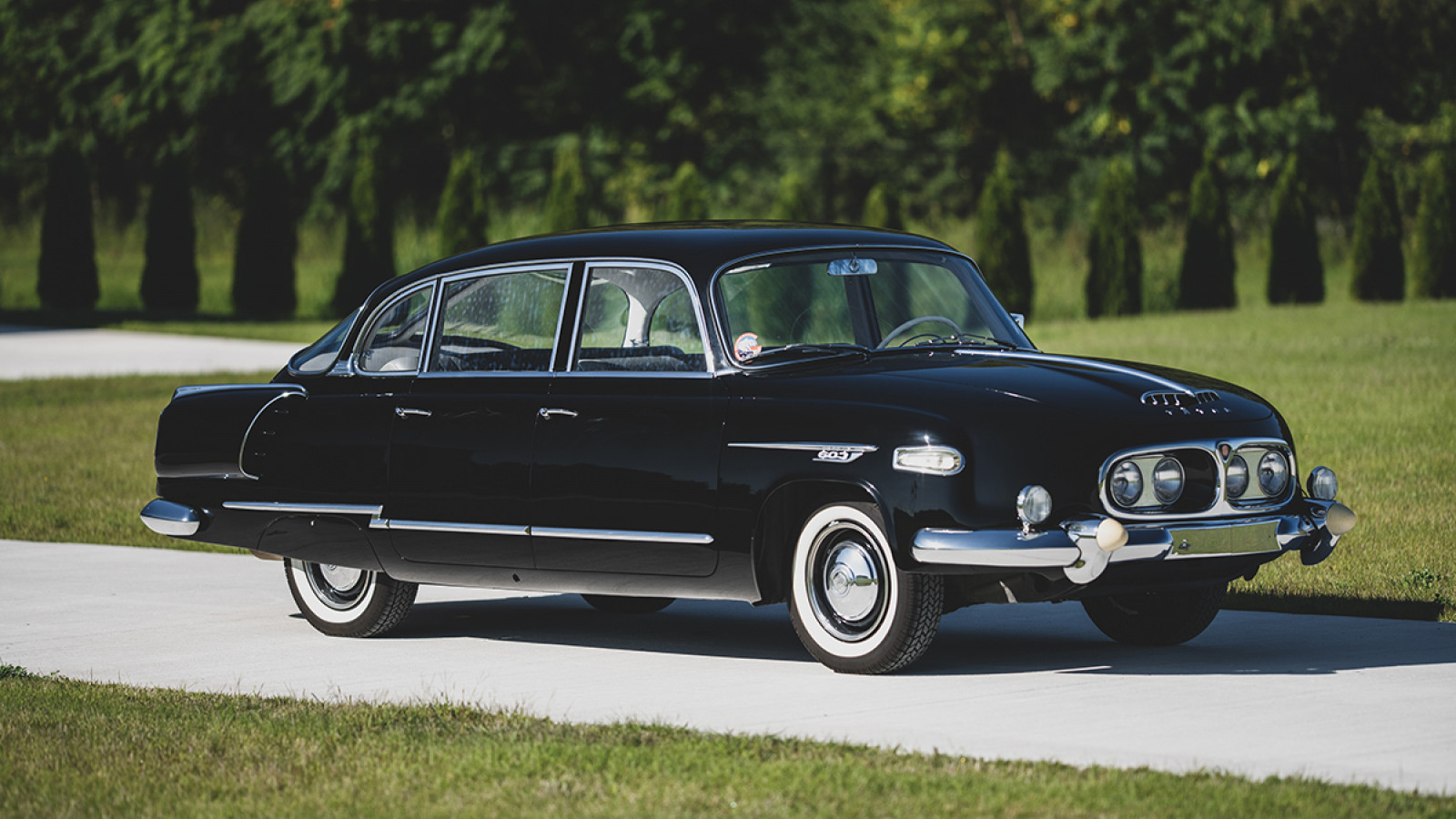 © Darin Schnabel/RM Sotheby’s
© Darin Schnabel/RM Sotheby’s -
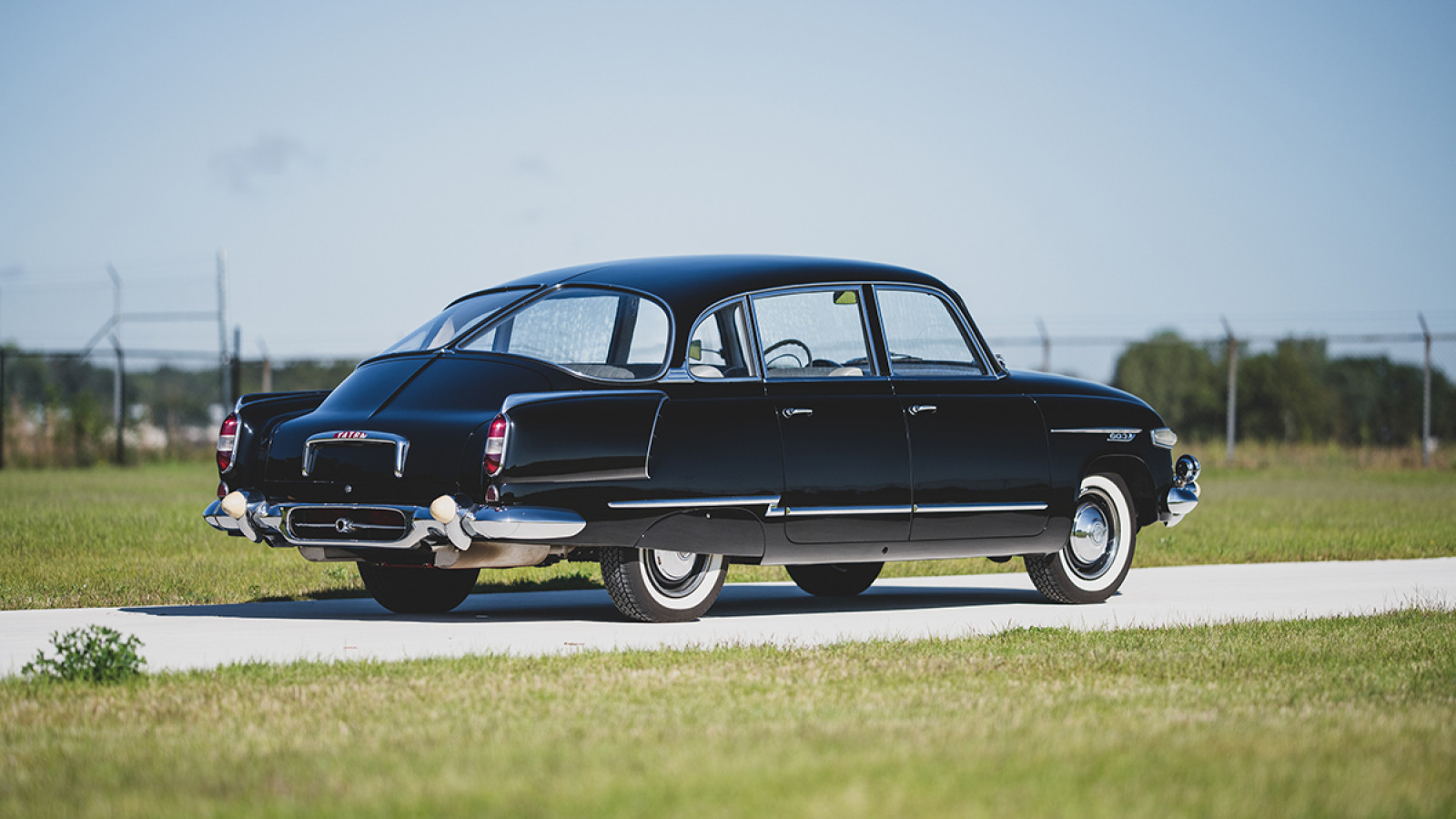 © Darin Schnabel/RM Sotheby’s
© Darin Schnabel/RM Sotheby’s -
 © Darin Schnabel/RM Sotheby’s
© Darin Schnabel/RM Sotheby’s -
 © Darin Schnabel/RM Sotheby’s
© Darin Schnabel/RM Sotheby’s -
 © Darin Schnabel/RM Sotheby’s
© Darin Schnabel/RM Sotheby’s -
 © Darin Schnabel/RM Sotheby’s
© Darin Schnabel/RM Sotheby’s -
 © Škoda
© Škoda -
 © Škoda
© Škoda -
 © Škoda
© Škoda -
 © Škoda
© Škoda -
 © Škoda
© Škoda -
 © Škoda
© Škoda -
 © Dirk de Jager/RM Sotheby’s
© Dirk de Jager/RM Sotheby’s -
 © Dirk de Jager/RM Sotheby’s
© Dirk de Jager/RM Sotheby’s -
 © Dirk de Jager/RM Sotheby’s
© Dirk de Jager/RM Sotheby’s -
 © Dirk de Jager/RM Sotheby’s
© Dirk de Jager/RM Sotheby’s -
 © RM Sotheby’s
© RM Sotheby’s -
 © RM Sotheby's
© RM Sotheby's -
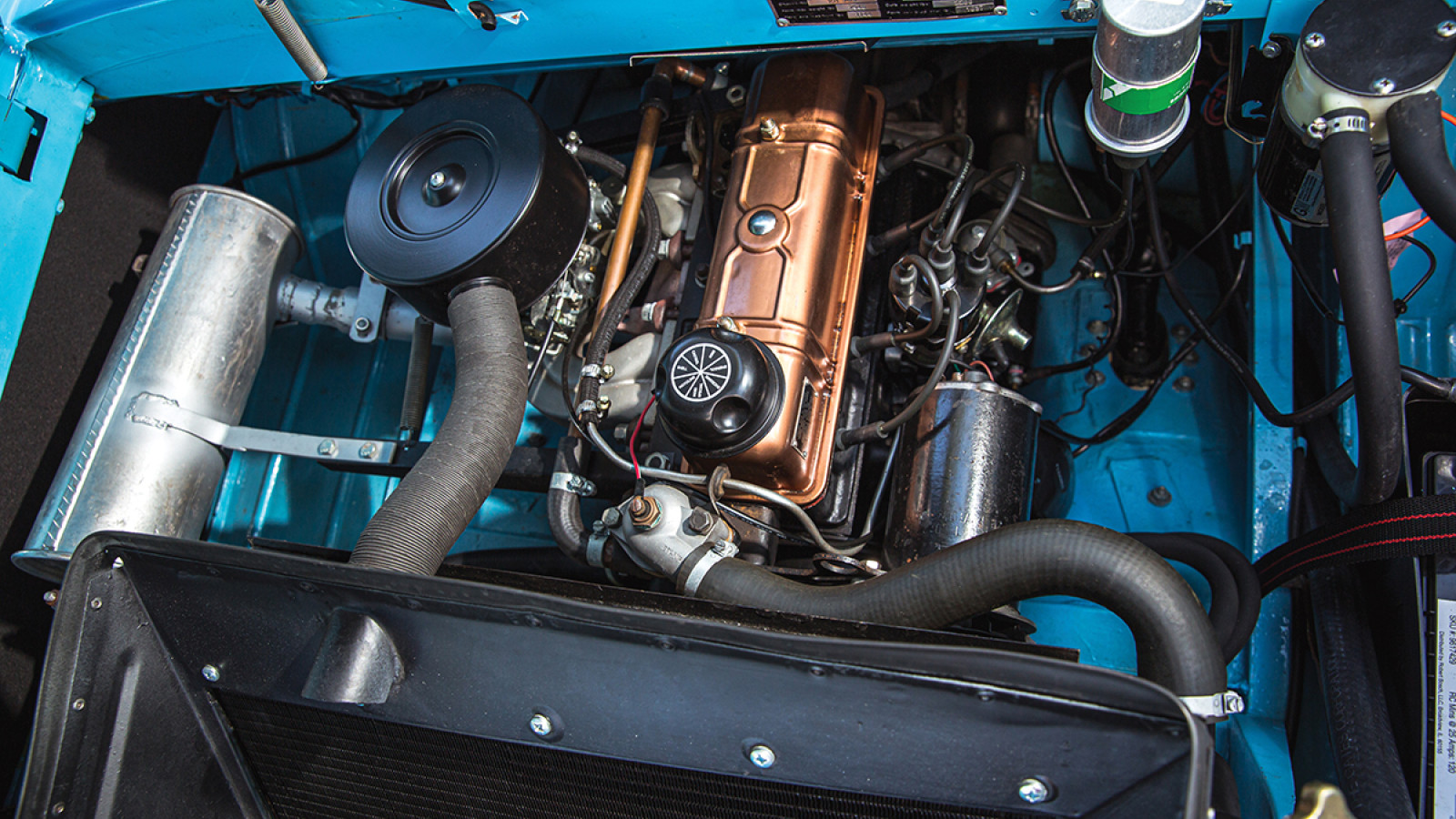 © RM Sotheby's
© RM Sotheby's -
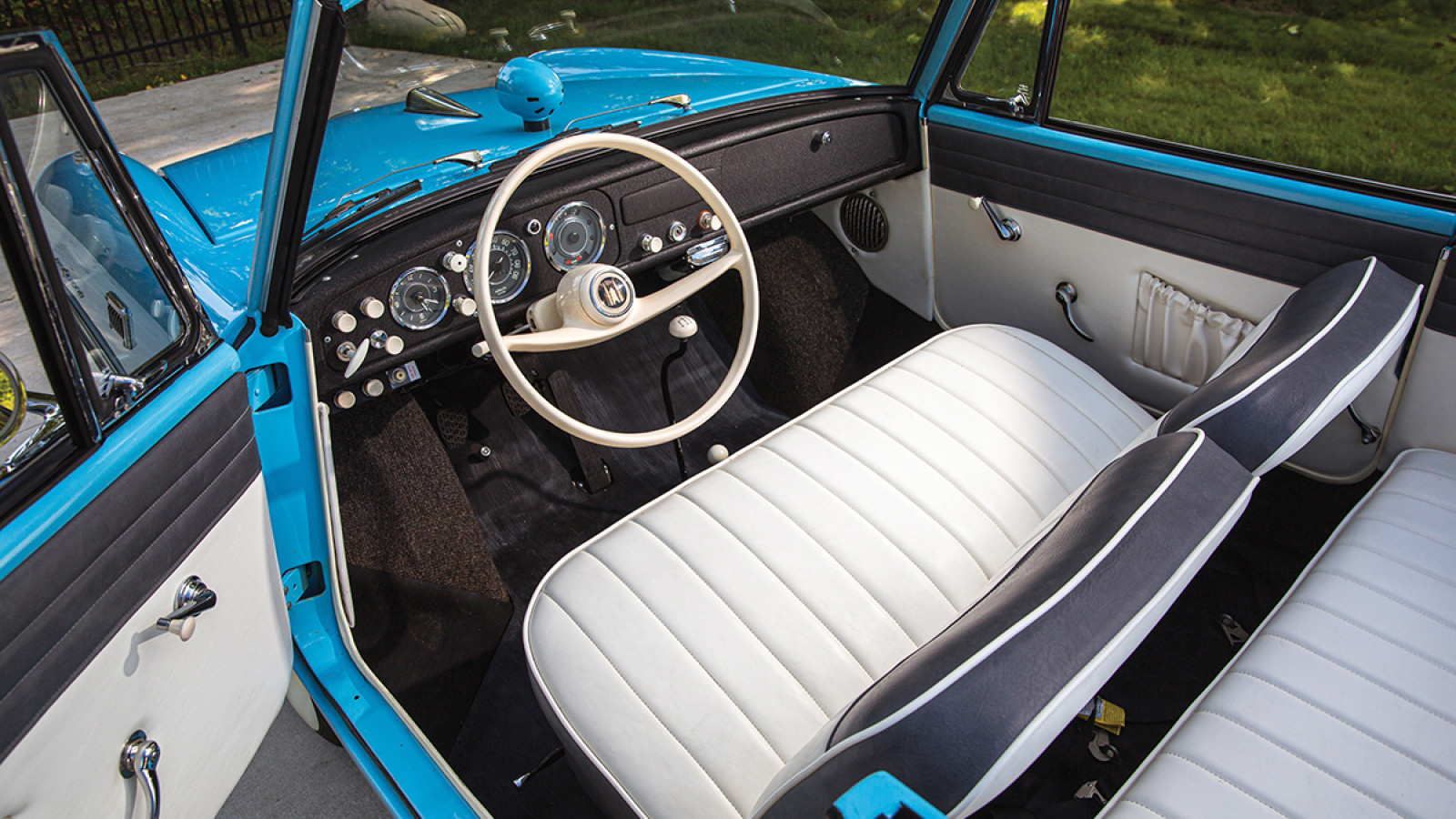 © RM Sotheby's
© RM Sotheby's -
© Toyota
-
 © Haymarket Automotive
© Haymarket Automotive -
 © RM Sotheby’s
© RM Sotheby’s -
 © RM Sotheby’s
© RM Sotheby’s -
 © RM Sotheby’s
© RM Sotheby’s -
 © RM Sotheby’s
© RM Sotheby’s -
 © RM Sotheby’s
© RM Sotheby’s -
 © RM Sotheby’s
© RM Sotheby’s -
 © RM Sotheby’s
© RM Sotheby’s -
 © RM Sotheby’s
© RM Sotheby’s -
 © RM Sotheby’s
© RM Sotheby’s -
 © RM Sotheby’s
© RM Sotheby’s -
 © RM Sotheby’s
© RM Sotheby’s -
 © RM Sotheby’s
© RM Sotheby’s -
 © Olgun Kordal/Haymarket Automotive
© Olgun Kordal/Haymarket Automotive -
 © Max Edleston/Haymarket Automotive
© Max Edleston/Haymarket Automotive -
 © Ahmed Qadri/RM Sotheby’s
© Ahmed Qadri/RM Sotheby’s -
 © Ahmed Qadri/RM Sotheby’s
© Ahmed Qadri/RM Sotheby’s -
 © Ahmed Qadri/RM Sotheby’s
© Ahmed Qadri/RM Sotheby’s -
 © Ahmed Qadri/RM Sotheby’s
© Ahmed Qadri/RM Sotheby’s -
 © Ahmed Qadri/RM Sotheby’s
© Ahmed Qadri/RM Sotheby’s -
 © Luc Lacey/Haymarket Automotive
© Luc Lacey/Haymarket Automotive -
© Luc Lacey/Haymarket Automotive
-
© Luc Lacey/Haymarket Automotive
-
 © Luc Lacey/Haymarket Automotive
© Luc Lacey/Haymarket Automotive
-
Business up front, party in the back
Rear-engined cars are something of a dying breed outside of the Porsche 911, but there was a time when this intriguing layout was the answer to many a problem for the forward-thinking manufacturer.
Whether you wanted to increase usable cabin space in affordable cars like the Volkswagen Beetle, or improve rear traction to create a rally contender like the Alpine A110, the rear-engined layout gave rise to some of the most intriguing and exciting classic cars of all time.
Here are 15 of the best.
-
1. Volkswagen Beetle
German engineers pioneered the rear-engine layout from the very dawn of motoring and the launch of the Benz Patent Motorwagen, but it was Wolfsburg firm Volkswagen that truly brought the concept to the masses with its revolutionary Beetle.
-
Volkswagen Beetle (cont.)
Unlike in the United States, which had mobilised its population with the Ford Model T, automobile ownership remained low in Germany until the advent of the ‘People’s Car’.
-
Volkswagen Beetle (cont.)
The original idea can be traced back to Austro-Hungarian engineer Béla Barényi, but it was Ferdinand Porsche who made the project a reality, under the instruction of Adolf Hitler.
-
Volkswagen Beetle (cont.)
The VW Beetle was hugely practical with a simple, easy-to-maintain, air-cooled flat-four engine mounted behind the rear axle, which negated the need for a transmission tunnel, and allowed for a flat-floored and spacious cabin.
-
Volkswagen Beetle (cont.)
It was also more affordable than anything that had come before, and was available to purchase through a savings booklet scheme for just 990 Reichsmark – roughly the cost of a small motorcycle.
-
Volkswagen Beetle (cont.)
The first Beetle rolled out of the factory in 1938, just prior to the outbreak of war, and by 2002 more than 21 million Type 1s had been built, making the Beetle one of the most successful automobiles in history.
-
2. Renault 4CV
Like the Volkswagen Beetle, the Renault 4CV was a product of the wartime years, though rather than being state-sponsored, the rear-engined runabout was conceived and designed in secret by Renault engineers after occupying forces demanded the firm focus on military and commercial hardware.
-
Renault 4CV (cont.)
Away from management, the team quietly devised a car that would help Renault – and the French people – bounce back in the immediate post-war period.
-
Renault 4CV (cont.)
The design eventually broke cover in 1947 and featured four doors, a rear-mounted 760cc inline ‘four’ and a kerbweight of just 620kg.
-
Renault 4CV (cont.)
Power eventually rose to 21bhp, which allowed the 4CV to reach 60mph in around 38 secs.
Early cars only required two and a quarter turns lock-to-lock.
-
3. Tucker 48
Rear-engined cars were considerably more common in Europe than they were in the United States, with one of the notable exceptions being the Tucker 48 – a torpedo-like saloon conceived by Preston Tucker that first broke cover in 1948.
-
Tucker 48 (cont.)
The rear-engined, rear-wheel-drive saloon was advanced for its time.
It had four-wheel independent suspension, a central ‘cyclops’ headlamp that turned in concert with the front wheels, and a perimeter-frame chassis with a hidden roll bar in the roof.
-
Tucker 48 (cont.)
A fascinating 589cu in flat-six was planned with hemispherical combustion chambers, oil pressure actuated valves and fuel injection, but only one car – the factory prototype – was so powered.
-
Tucker 48 (cont.)
The unique engine was a big contributor in the 48’s failure, being tremendously loud and requiring an external power source to fire. It didn’t go down well with the press.
-
Tucker 48 (cont.)
The rest of the 50-strong production run featured a 334cu in horizontally opposed ‘six’ that produced 166bhp and a whopping 372lb ft of torque, but by that point the damage to the firm’s reputation was largely done.
-
4. Porsche 356
Although the Volkswagen Beetle was hugely successful, it was by no means a ball of fire.
And it wasn’t long before people began to appreciate the potential of the rear-engined layout as the basis for a sports car.
-
Porsche 356 (cont.)
Very near the front of the queue was Ferry Porsche, who set up shop in an old sawmill in Gmund, Austria, in 1948 and began work on the 356.
-
Porsche 356 (cont.)
Porsche had previous experience building cars, namely a trio of Type 64s built for the abandoned Berlin-to-Rome road race, but it was the 356 that would become the firm’s first production model.
-
Porsche 356 (cont.)
Borrowing the engine case and suspension from the Beetle, the 356 featured an all-new chassis and sleek, aerodynamic coupé bodywork crafted from aluminium.
-
Porsche 356 (cont.)
A handful of 356s were built in Austria before production moved to Zuffenhausen in 1950, after which the reliance on Volkswagen parts began to diminish while bodies were now made from steel.
-
Porsche 356 (cont.)
By 1965 some 67,000 356s had been built, with the most desirable variants being the sleek Speedsters and powerful four-cam Carreras.
-
5. Denzel 1300
While Ferry Porsche was putting his first 356s together in a sawmill in Gmund, in the Austrian capital Vienna another gifted engineer began work on his own VW Beetle-based racer.
-
Denzel 1300 (cont.)
Wolfgang Denzel also saw the sporting potential in the people’s car, in particular the Kübelwagens that flooded the market in the post-war years.
-
Denzel 1300 (cont.)
Denzel’s prototype used the chassis, running gear and 1100cc engine from the Beetle, but clad in a lightweight body constructed from laminated wood and textiles.
-
Denzel 1300 (cont.)
Taking the wheel himself, the car came up against Porsche’s Type 64 on the mountain stages of the 1949 Austrian Alpine Rally. The Porsche failed to finish and Denzel took class honours.
-
Denzel 1300 (cont.)
Early production models were bodied in plastic and later steel, but by the time the 1300 arrived in 1952 its body panels were crafted from lightweight aluminium, while its chassis was an in-house box-section design.
-
Denzel 1300 (cont.)
And while the engine still had its roots in Volkswagen’s parts bin, the internals were heavily upgraded with Mahle pistons, aluminium con rods and a cylinder head of Denzel’s own design.
By 1955 the Beetle’s 36bhp power output had been doubled, giving scintillating performance.
-
6. Tatra 603
Like fellow Czech manufacturer Škoda, Tatra had a long history producing rear-engined, rear-wheel-drive cars – but it also had form for designing streamlined machines that dated back to the T77 of 1933.
-
Tatra 603 (cont.)
Despite the upheaval of the inter-war years, Tatra stayed true to its design principles and launched the 603 in 1956.
-
Tatra 603 (cont.)
Unlike anything else on the roads, the 603 was a large, luxurious, four-door saloon, built primarily for the Communist Party elite and leading industrialists.
-
Tatra 603 (cont.)
But it wasn’t just party officials who enjoyed the 603 – the car was campaigned in a number of rallies in the 1960s including the Marathon de la Route and the Spa-Sofia-Liège.
-
Tatra 603 (cont.)
Streamlined like its aerodynamic predecessors, the 603 was powered by a lightweight, air-cooled 2545cc hemi V8 producing 99bhp.
-
Tatra 603 (cont.)
Suspension was by rear swing axles and front MacPherson struts, while braking was via drums until 1968.
-
7. Škoda 110R
Few manufacturers embraced the rear-engined layout with quite the same enthusiasm as Automobilové závody, národní podnik – Škoda.
-
Škoda 110R (cont.)
The Czechoslovakian manufacturer ended up in countless jokes in the United Kingdom and across The Pond, but amid a reputation for poor reliability and the whiff of communism that was hard to shake, the firm’s rear-engined models proved remarkably effective in competition, in particular on the international rally stage.
-
Škoda 110R (cont.)
Most of the rear-engined models were little more than humdrum saloons, albeit with the added intrigue of a layout that differed from the western norm.
-
Škoda 110R (cont.)
But that changed with the arrival of the 110, a comparatively sleek and sporting two-door coupé based on the 1000MB replacement, the Škoda 100.
-
Škoda 110R (cont.)
Pick of the cars to leave the Kvasiny factory was the 110R, which despite a disparity in performance could almost be mentioned in the same breath as the Porsche 911 owing to its attractive styling.
-
Škoda 110R (cont.)
At just 62bhp the 110R wasn’t likely to win many drag races, but predictable handling and fantastic traction made it a real contender on the loose.
-
8. Alpine A110
Like Porsche and Denzel before him, Jean Rédélé saw the potential to turn an uninspiring rear-engined saloon into a true competition contender.
But rather than the Beetle, he looked closer to home: the Renault 4CV.
-
Alpine A110 (cont.)
Rédélé’s early cars married 4CV and Dauphine mechanicals to lightweight glassfibre bodies, and by 1961 he had perfected the formula with the arrival of the A110.
-
Alpine A110 (cont.)
Unlike its predecessors, the A110 was based on the Renault R8 and its more muscular 956cc Cléon-Fonte engine.
More powerful iterations followed, culminating in the 138bhp A110 1600S and its fuel-injected stablemate.
-
Alpine A110 (cont.)
As well as being an exciting road car, the A110 was almost unstoppable on the special stages, dominating the World Rally Championship in 1973.
-
9. Amphicar Model 770
Amphicar’s Model 770 is perhaps one of the most intriguing rear-engined cars ever built, in that it also served as a boat.
But while it succeeded at being both a functional automobile and water craft, it excelled at neither.
-
Amphicar Model 770 (cont.)
The Model 770 was powered by a 1147cc straight-four borrowed from the Triumph Herald. Rated at 38bhp, it was enough to propel the Amphicar to 7 knots in the water and 70mph on land, hence the 770 moniker.
-
Amphicar Model 770 (cont.)
On land, the Amphicar could generously be described as an engaging steer, with a high centre of gravity and short wheelbase requiring maximum driver attention.
-
Amphicar Model 770 (cont.)
As on land, steering in the water is controlled by turning the front wheels, meaning that you need forward motion to retain any semblance of control.
-
10. Hino Contessa Sprint
Renault’s 4CV proved a big hit both at home and abroad, becoming surprisingly popular in Japan thanks to the design being licensed to commercial vehicle manufacturer Hino in 1953.
It wasn’t long before the Japanese firm set its sights on its own home-grown model, and in 1961 unveiled the attractive Contessa – a rear-engined, rear-wheel-drive saloon based on the 4CV drivetrain.
While the four-door version was undoubtedly good looking, the real star of the show turned up a year later.
-
Hino Contessa Sprint (cont.)
Designed by none other than Giovanni Michelotti, the 900 Sprint Coupé bore a striking resemblance to Scaglione’s Alfa Romeo Giulietta Sprint Speciale – albeit one that had been shrunk in the wash.
As well as being lighter than its more practical stablemates to the tune of around 100kg, the 900 Sprint was also peppier thanks to Nardi breathing on its 893cc ‘four’, adding Weber carburettors that helped take power up to 44bhp – good enough for 87mph.
-
11. Abarth 595
No list of rear-engined greats would be complete without the Fiat 500 – Italy’s answer to the people’s car.
-
Abarth 595 (cont.)
The two-cylinder mini was the perfect machine for the country’s narrow, twisting streets, and its low price and cute looks charmed millions both at home and abroad.
-
Abarth 595 (cont.)
But while the 500 mobilised an entire population, it didn’t exactly do it quickly. Enter Carlo Abarth.
-
Abarth 595 (cont.)
The Austro-Italian’s firm had been building and tuning racing cars since the late 1940s, after taking on Cisitalia, before turning its attention towards tuning popular Fiats in the decades that followed.
-
Abarth 595 (cont.)
Among the models to get the Abarth treatment was the humble 500, which received scorpion badging in 1963.
-
Abarth 595 (cont.)
In standard guise the 500 produced 18bhp from its 499cc engine, but with the addition of Abarth’s hotter camshaft, new exhaust, Solex carburettor, alloy sump, plus a capacity increase to 594cc, the model put out an impressive 27bhp, shaving a scarcely believable 20 seconds from the 0-60mph time.
At just £410 the Fiat 500 was the cheapest car in Britain in 1966, but for an additional £152 you got all of the above, plus a leather steering wheel and smart Jaeger instruments.
-
12. Hillman Imp
Rear-engined cars weren’t solely the preserve of Continental European manufacturers in the early 1960s.
-
Hillman Imp (cont.)
In the UK, Chrysler Europe pressed ahead with the Hillman Imp, a small rear-engined saloon created to take on the mighty Mini.
-
Hillman Imp (cont.)
As well as being a striking design, the Imp boasted a number of forward-thinking features that made it in many ways ahead of its time.
-
Hillman Imp (cont.)
Its 875cc ‘four’ was derived from a Coventry Climax fire pump engine, making it the first British car to boast an all-aluminium engine, and it also used a full-synchro aluminium transaxle.
-
Hillman Imp (cont.)
The layout allowed for a spacious cabin, while the neat rear window hatch made popping shopping on the back seat a breeze.
-
Hillman Imp (cont.)
Like the Mini, the Hillman Imp quickly found its feet in competition.
Rosemary Smith brought the car to prominence after winning the Tulip Rally in 1965, while Bill McGovern proved the car also had what it took to win on track, dominating the British Saloon Car Championship from 1970-1972.
-
13. Ginetta G15
The Hillman Imp proved a huge success in motorsport, but ultimate performance was always going to be hindered by the boxy monocoque.
Enter the Ginetta G15, which in 1968 offered British buyers a lightweight and more sporting alternative to the Climax-engined runabout.
First shown to the public at the 1967 London Motor Show, the G15 was initially offered solely as a kit comprising a strong and lightweight tubular chassis clothed in sleek glassfibre body panels.
-
Ginetta G15 (cont.)
Mated to the chassis was the 875cc or 998cc inline ‘four’ and transaxle from the Hillman Imp, while the suspension front and rear came from the Triumph Herald.
Tipping the scales at just a whisker over 500kg, the G15 was both quick and nimble – much more so than the standard Imp.
Top speed was around 108mph with a quarter-mile dispatched in just over 18 seconds. Around 800 cars were produced, both as kits and from the factory, when production drew to a close in 1974.
-
14. Porsche 911 RS 2.7
Porsche’s sleek and powerful 911 was an overnight sales success, and it wasn’t long before its competition potential was realised.
Almost immediately, standard factory examples went from the showroom to the race track, with early successes scored by the likes of Vic Elford.
-
Porsche 911 RS 2.7 (cont.)
It wasn’t long before Porsche cottoned on, too, and in 1967 the Stuttgart firm released its first competition-focused iteration, the 911R, which featured lightweight glassfibre body panels and a 210bhp power output.
-
Porsche 911 RS 2.7 (cont.)
Porsche saved the best for 1973, when it launched the 911 Carrera RS 2.7, a homologation special that quickly became one of the firm’s most celebrated models.
-
Porsche 911 RS 2.7 (cont.)
The RS featured an uprated 2687cc flat-six engine with mechanical fuel injection as well as stiffer suspension and bigger brakes, a huge ‘ducktail’ rear spoiler and wide arches.
-
Porsche 911 RS 2.7 (cont.)
1580 cars were built in Touring and Lightweight trim, the latter shaving 100kg thanks to trick weightsaving techniques including the use of thinner window glass.
-
15. Suzuki Whizzkid
Despite its low profile and diminutive size, the little Suzuki SC100 – or ‘Whizzkid’ – offers peppy performance and gnat-like handling.
So much so that many a driver of a more powerful car has been caught out on the back roads.
-
Suzuki Whizzkid (cont.)
Launched in 1978, the Whizzkid featured a rear-mounted 970cc four-cylinder engine, replacing the three-pot two-stroke used in the domestic market.
-
Suzuki Whizzkid (cont.)
Power was rated at 47bhp, which was enough to give the 655kg Whizzkid a top speed of 89mph and a 0-60mph time of 16.5 secs – but the numbers only tell half the story.
-
Suzuki Whizzkid (cont.)
With such a small track, the Whizzkid can be flung through gaps other drivers can only dream of, making the sweet little Suzuki the perfect classic city car.
